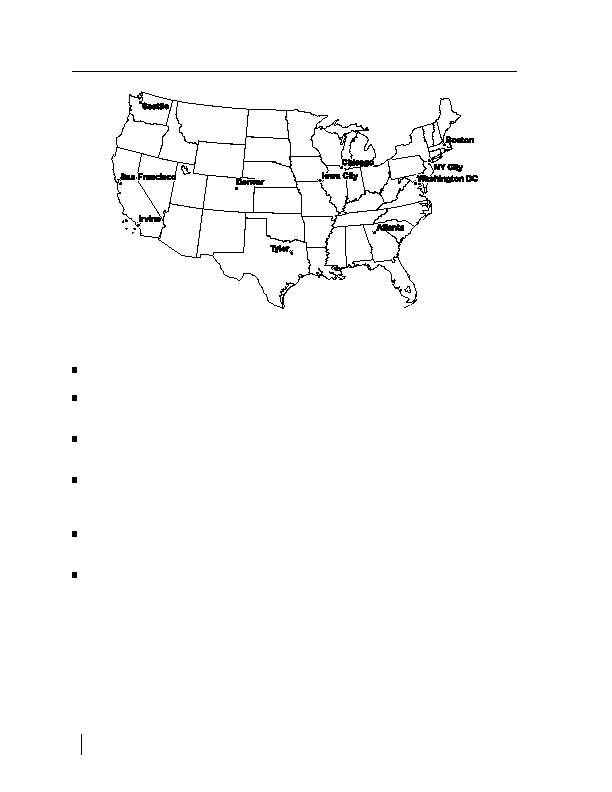
Figure 1. Location of Fiscal Year 2002 Pediatric Environmental Health Specialty Units
the addition of EPA as a partner in all of the
country. In addition, the PEHSUs provided
units
training to more than 23,000 health care profes-
sionals in fiscal year 2002.
the establishment of PEHSUs by interna-
tional agencies in Mexico and Canada using
PEHSUs provide expertise that can help resolve
the ATSDR PEHSU model
the environmental health problems that some
the continuing and increasing interest and
children and their communities face. For
demand for PEHSU services from the public
example, the Great Lakes Center for Children's
and from government agencies at all levels
Environmental Health in Chicago helped the
opportunities to collaborate with additional
Chicago Housing Authority screen children
partners, such as the Centers for Children's
who may have been exposed to arsenic found
Environmental Health and Disease Preven-
in the soil of a local playground. The Housing
tion Research
Authority contacted the PEHSU in July 2002
an impact on the field of pediatric environ-
about arsenic contamination at the playground.
mental health as a potential medical subspe-
Several planning meetings followed, and the
cialty
Chicago Department of Public Health was
brought in as a partner. PEHSU faculty devel-
the development of a body of published arti-
oped the exposure screening tool that was used,
cles, curricula, and educational materials.
an initial screening protocol, and the follow-up
protocol.
In fiscal year 2002, more than 1,500 children
were evaluated at the PEHSU clinics by pedia-
During the next 8 weeks, patients were seen at
tricians especially cross-trained in environmen-
a mobile clinic that was located conveniently
tal medicine, and about 1,500 phone consulta-
at the housing development and was attended
tions were provided to pediatricians across the
by Chicago Department of Public Health staff.
Initial screening included completion of an
exposure assessment and collection of a spot
52 chapter 4


 Previous Page
Previous Page
